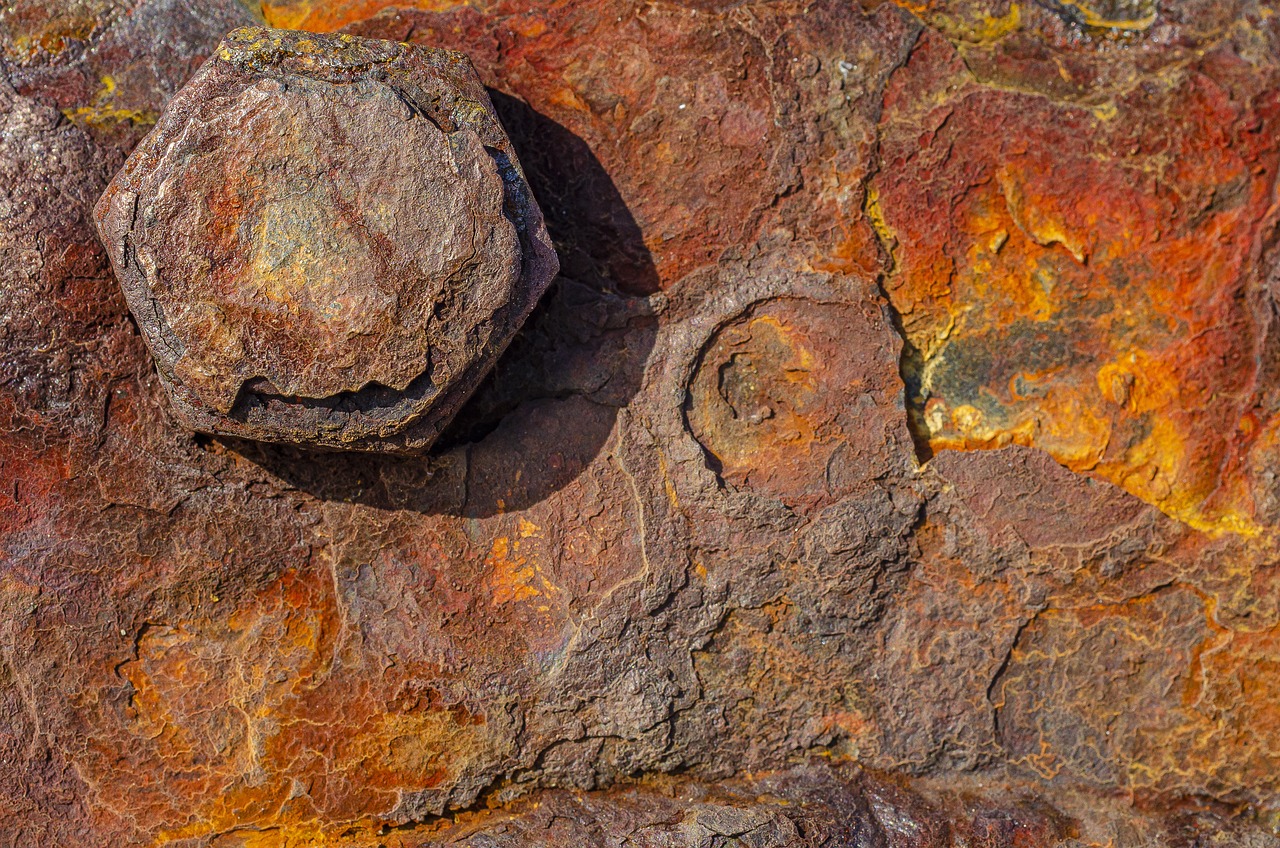Painting surfaces is an essential task in various industries, from construction to automotive manufacturing. However, to achieve a long-lasting and effective paint job, proper surface preparation is crucial. Neglecting this step can lead to corrosion, impacting the integrity and aesthetics of your work.
This blog post will guide you through the best practices for preparing surfaces for paint with corrosion protection. We’ll cover everything from understanding corrosion to choosing the right surface treatment solutions. By the end of this guide, engineers, manufacturers, and painters will have a comprehensive understanding of how to prepare surfaces to ensure durability and longevity.
Understanding Corrosion
What is Corrosion?
Corrosion is a natural process that deteriorates materials, particularly metals, due to chemical reactions with their environment. Factors like moisture, temperature, and pollutants can accelerate this process, leading to rust and structural damage.
The Importance of Corrosion Protection
Corrosion protection is vital in maintaining the lifespan and functionality of metal structures. Without it, the material can weaken over time, resulting in costly repairs and potential safety hazards.
Common Types of Corrosion
Understanding different types of corrosion, such as galvanic, pitting, and crevice corrosion, can help in selecting the appropriate protection measures. Each type has unique characteristics and requires specific preventative techniques.
Initial Surface Assessment
Inspecting the Surface
Before any treatment, assess the surface for existing corrosion, contaminants, and structural integrity. This step ensures that you address all issues before proceeding with treatment.
Identifying Contaminants
Common contaminants include dirt, grease, and old paint. Identifying these substances is crucial, as they can interfere with the adhesion of protective coatings.
Surface Profiling
Surface profiling involves evaluating the texture and roughness of the surface. This step is essential for ensuring that the protective coating adheres properly, providing maximum corrosion protection.
Cleaning Methods
Mechanical Cleaning
Mechanical cleaning techniques, such as sanding or wire brushing, physically remove rust and contaminants from the surface. This method is effective but can be labor-intensive.
Chemical Cleaning
Chemical cleaners dissolve rust and contaminants, making them easier to remove. However, it’s essential to choose chemicals that are safe for the environment and the user.
Abrasive Blasting
Abrasive blasting uses materials like sand or glass beads to clean the surface. This method is highly effective for removing stubborn rust and creating an ideal surface profile.
Surface Treatment Solutions
Primer Application
Applying a primer creates a barrier between the metal and the environment, preventing moisture from reaching the surface. Choose a primer that is compatible with both the metal and the topcoat.
Galvanizing
Galvanizing involves coating the metal with a layer of zinc, which acts as a sacrificial anode. This method is particularly effective for protecting steel structures from corrosion.
Phosphate Coating
Phosphate coatings provide a layer that enhances paint adhesion and offers some corrosion resistance. This treatment is commonly used in automotive and appliance industries.
Choosing the Right Paint
Types of Protective Coatings
Various protective coatings, such as epoxy, polyurethane, and acrylics, offer different levels of corrosion resistance. Understanding their properties helps in selecting the right one for your needs.
Compatibility with Surface Treatment
Ensure that the paint you choose is compatible with the surface treatment solutions you’ve applied. Incompatible combinations can reduce the effectiveness of corrosion protection.
Application Techniques
Proper application techniques, including using the right tools and methods, are essential for achieving a uniform and durable finish. Follow manufacturer guidelines for best results.
Environmental Considerations
Impact on Surroundings
Consider the environmental impact of the surface preparation and painting process. Opt for eco-friendly products and disposal methods to minimize harm.
Safety Measures
Safety is paramount during surface preparation and painting. Use appropriate personal protective equipment (PPE) and follow safety protocols to protect yourself and others.
Regulatory Compliance
Ensure that your processes comply with local and international regulations regarding environmental protection and workplace safety.
Post-Treatment Inspection
Quality Control
After applying the protective coating, conduct a thorough inspection to ensure that the surface is defect-free and the coating is uniform.
Adhesion Testing
Adhesion testing helps verify that the coating has bonded well to the surface. This step is crucial for ensuring long-term corrosion protection.
Regular Maintenance
Regular maintenance, including inspections and touch-ups, is essential for preserving the integrity of the protective coating and extending the lifespan of the structure.
Proper surface preparation is the foundation of effective corrosion protection. By following the steps outlined in this guide, engineers, manufacturers, and painters can ensure that their surfaces are well-protected, and their paint jobs are long-lasting.
Whether you’re dealing with a small component or a large structure, taking the time to prepare the surface correctly can save you time, money, and effort in the long run. For more personalized advice and tailored surface treatment solutions, consider consulting with experts in the field. Start implementing these practices today and experience the difference in the durability and appearance of your painted surfaces.

